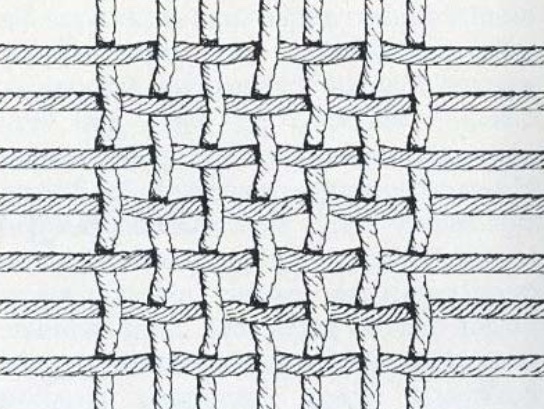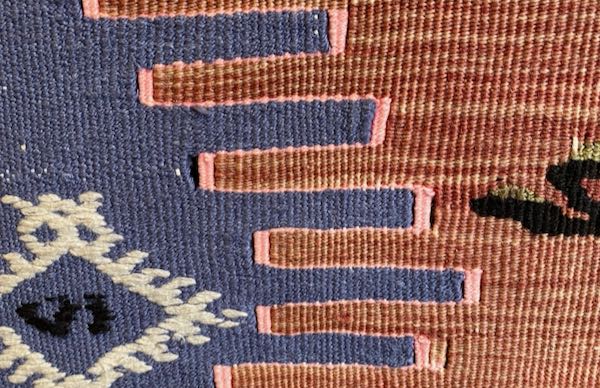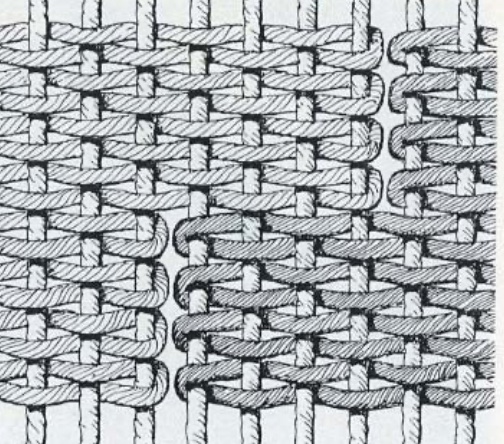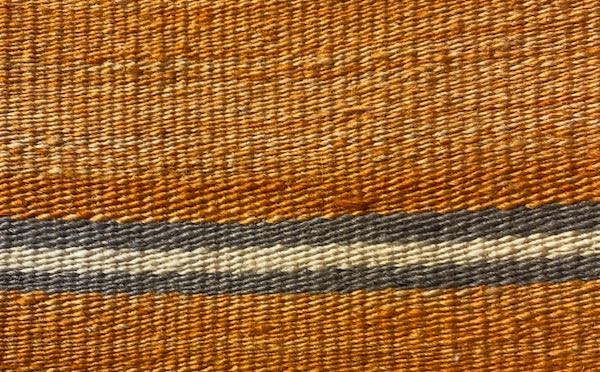Kilim Weaving Techniques
Kilims employ the same weaving technique for both the rug’s structure and its design. Therefore, the means of ensuring the integrity of the kilim and the nature of its design are one and the same and due to this some designs can only be achieved when specific weaving techniques are used.
Plainweave
Simplest most basic form of flat weave. Single weft strands are woven above and below, side to side over warp strands. This is repeated up the length of the kilim rows. This technique is primarily used to create areas of one continuous colour and used in conjunction with other techniques

Slitweave
Warp sharing technique that produced reversible kilims and enables complex designs to be woven whilst securing the kilim simultaneously. Warp strands are both shared between segments of the design and act as a boundary for different colours and patterns. Weft strands are woven from side to side until they meet at a boundary in the design in which they loop back on themselves. To ensure a cohesive unity in the design as a whole, wefts also share warp strands. This technique will result in several small slits appearing along the borders at certain motifs and designs – hence the slit in slit weave.
This is one of the most universal and popular techniques found in most flat weaving communities.


Glossary
Warp – vertical strands running throughout the length of the rug. Pivotal to the rugs structure and dimensions.
Weft – Horizontal strands woven side to side, over and under warp strands. Dictate both the colour, design and pattern.
Both keep each other in place.
